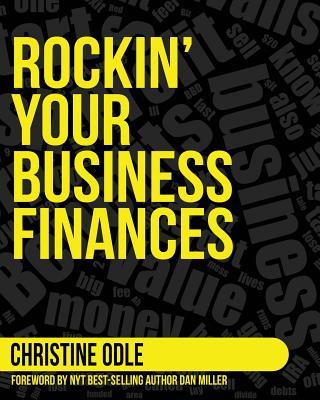Question
(Bond valuation) You are examining three bonds with a par value of $1 comma 0001,000 (you receive $1 comma 0001,000 at maturity) and are concerned
(Bond
valuation)
You are examining three bonds with a par value of
$1 comma 0001,000
(you receive
$1 comma 0001,000
at maturity) and are concerned with what would happen to their market value if interest rates (or the market discount rate) changed. The three bonds are
Bond
Along dasha
bond with
44
years left to maturity that has an annual coupon interest rate of
88
percent, but the interest is paid semiannually.
Bond
Blong dasha
bond with
99
years left to maturity that has an annual coupon interest rate of
88
percent, but the interest is paid semiannually.
Bond
Clong dasha
bond with
1616
years left to maturity that has an annual coupon interest rate of
88
percent, but the interest is paid semiannually.
What would be the value of these bonds if the market discount rate were
a.
88
percent per year compounded semiannually?
b.
44
percent per year compounded semiannually?
c.
1616
percent per year compounded semiannually?
d. What observations can you make about these results?
Step by Step Solution
There are 3 Steps involved in it
Step: 1

Get Instant Access to Expert-Tailored Solutions
See step-by-step solutions with expert insights and AI powered tools for academic success
Step: 2

Step: 3

Ace Your Homework with AI
Get the answers you need in no time with our AI-driven, step-by-step assistance
Get Started


